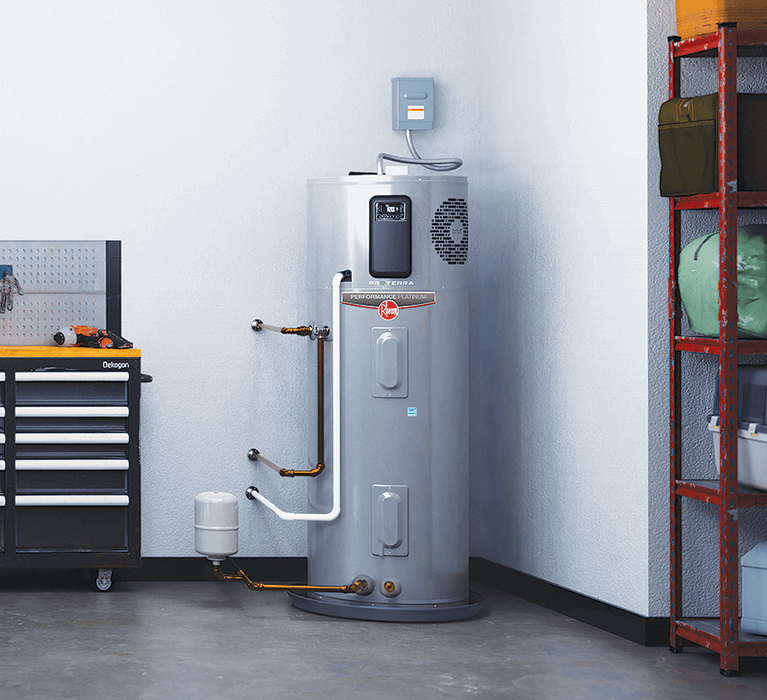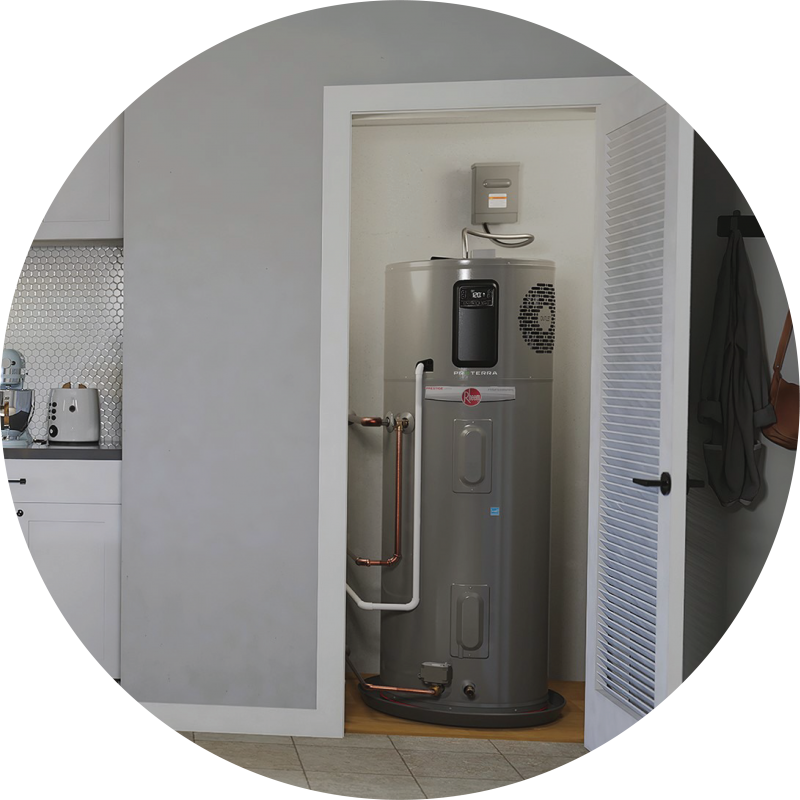Straightforward Methods to Care for Your Home's Hot Water System Properly
Straightforward Methods to Care for Your Home's Hot Water System Properly
Blog Article
This article following next involving Tips For Maintaining Your Hot Water Heater is pretty much entertaining. You should read it.

Hot water is essential for day-to-day comfort, whether it's for a rejuvenating shower or washing meals. To guarantee your hot water system runs successfully and lasts longer, routine maintenance is essential. This write-up offers functional tips and understandings on just how to preserve your home's warm water system to avoid interruptions and pricey repairs.
Introduction
Keeping your home's warm water system might appear daunting, however with a couple of straightforward steps, you can guarantee it runs efficiently for years to find. This overview covers everything from understanding your hot water system to do it yourself upkeep tips and knowing when to employ specialist help.
Importance of Preserving Your Warm Water System
Normal upkeep not only extends the life expectancy of your warm water system however additionally guarantees it operates efficiently. Overlooking maintenance can cause lowered performance, higher energy bills, and even premature failure of the system.
Signs Your Hot Water System Requirements Maintenance
Understanding when your warm water system requires interest can stop significant concerns. Keep an eye out for indicators such as irregular water temperature, strange noises from the heater, or rusty water.
Purging the Hot Water Heater
Purging your hot water heater gets rid of debris accumulation, enhancing effectiveness and extending its life.
Monitoring and Replacing Anode Rods
Anode rods avoid corrosion inside the tank. Examining and replacing them when broken is crucial.
Facility Concerns Calling For Expert Assistance
Examples include significant leakages, electric problems, or if your hot water heater is consistently underperforming.
Regular Professional Upkeep Advantages
Professional upkeep can consist of complete assessments, tune-ups, and making sure compliance with safety criteria.
Checking and Changing Temperature Setups
Changing the temperature setups makes certain ideal performance and safety and security.
Do It Yourself Tips for Maintenance
You can execute a number of maintenance tasks on your own to keep your warm water system in top problem.
Looking for Leaks
Regularly evaluate pipes and links for leaks, as these can lead to water damages and higher costs.
Comprehending Your Hot Water System
Prior to diving into upkeep tasks, it's handy to comprehend the standard parts of your hot water system. Commonly, this includes the hot water heater itself, pipelines, anode rods, and temperature level controls.
Regular Monthly Maintenance Tasks
Routine monthly checks can assist capture minor concerns prior to they escalate.
Checking Pressure Relief Valves
Examining the pressure safety valve guarantees it operates correctly and stops too much pressure accumulation.
Shielding Pipes
Protecting hot water pipelines lowers heat loss and can conserve power.
When to Call a Professional
While DIY upkeep is useful, some concerns require expert expertise.
Final thought
Normal upkeep of your home's hot water system is crucial for effectiveness, durability, and price financial savings. By following these suggestions and recognizing when to look for professional assistance, you can make certain a dependable supply of warm water without unanticipated disturbances.
Water Heater Maintenance: The Basics
Maintaining your water heater will ensure it operates efficiently and has a longer lifespan. Neglecting regular maintenance can lead to costly repairs and an even bigger chunk of your savings if you have to replace it sooner than necessary. But there’s good news: Most water heater maintenance tasks are relatively simple and easy for homeowners with basic DIY skills.
Flush the Water Heater
Over time, sediment and minerals can build up in the tank, reducing its efficiency and potentially causing damage. To flush the tank, turn off the power or gas supply, attach a hose to the drain valve near the bottom and open the valve to drain the water until it runs clear. Ideally, flush the tank annually.
Replace the Anode Rod
The anode rod is a sacrificial metal rod that helps prevent corrosion inside the tank. Inspect and replace it every three to five years or per the manufacturer's recommendation. To replace the anode rod, turn off the power or gas supply, drain a few gallons of water from the tank, unscrew the old rod and replace it with a new one. If the anode rod is significantly corroded or covered in calcium buildup, it's a sign the water heater may need to be replaced soon.
Tune-Up
A yearly tune-up can help identify potential issues and ensure your water heater operates at peak efficiency. This typically involves checking the thermostat, burner assembly (for gas heaters) and any other components specified by the manufacturer. During a tune-up, the technician may also clean the burner and adjust the pilot light (for gas heaters) or examine the heating elements (for electric heaters).
How to Maintain Your Water Heater
Insulate the tank. Insulating the tank can improve energy efficiency and reduce heat loss, saving you money on energy bills. You can purchase precut insulation blankets designed specifically for water heaters or use standard fiberglass insulation wrapped securely around the tank. Check the temperature. The recommended water temperature for most households is around 120 degrees Fahrenheit (49 degrees Celsius). Higher temperatures can increase energy costs and potentially cause scalding. Use a kitchen thermometer to check the temperature at the faucet nearest the water heater. Monitor water pressure. Excessive water pressure can strain the water heater and cause leaks or even tank failure. Install a pressure-reducing valve if necessary. The ideal water pressure range is between 60 and 70 PSI (pounds per square inch). Test the temperature and pressure (T&P) relief valve. The T&P relief valve is a safety feature that releases pressure if the tank gets too hot or the pressure builds up too high. Test it annually by lifting the lever and allowing a small amount of water to release. Replace the valve if it doesn't release water or reseal properly. Check for leaks. Regularly inspect the tank, pipes and fittings for leaks or corrosion. Deal with issues promptly to prevent further damage. Even a small leak can lead to significant water damage over time. Consider a tankless water heater. If your traditional tank-style water heater is nearing the end of its lifespan ( typically 10 years), consider replacing it with a tankless water heater. These units heat water on demand, reducing standby energy losses and potentially saving you money on your energy bills. Schedule professional maintenance. While homeowners can perform many water heater maintenance tasks, it's still a good idea to schedule professional maintenance every few years. A plumber or HVAC technician can thoroughly inspect the unit, identify potential issues and ensure it operates safely and efficiently. https://www.homeserve.com/en-us/blog/home-improvement/hot-water-heater-maintanence/

Do you appreciate more info about How to Maintain Your Water Heater & Prolong its Life? Give feedback down the page. We would be pleased to see your suggestions about this blog post. We hope that you come back again soon. Make sure you set aside a second to share this entry if you enjoyed reading it. We recognize the value of reading our article about What Kind of Maintenance Do Water Heaters Need?.
Source This Article Report this page